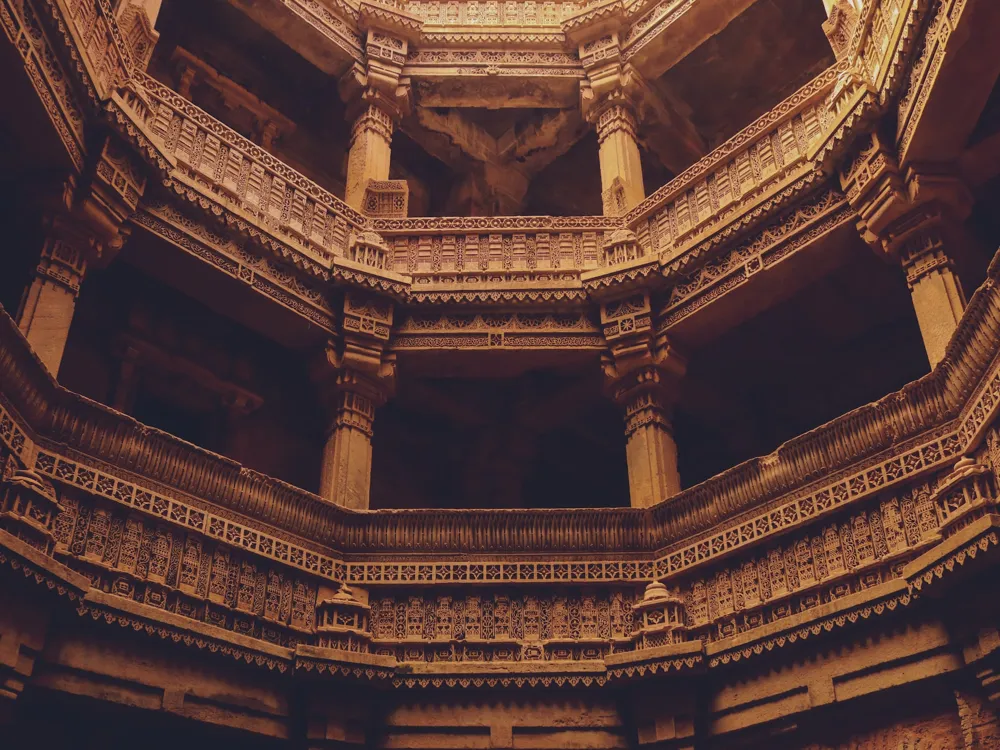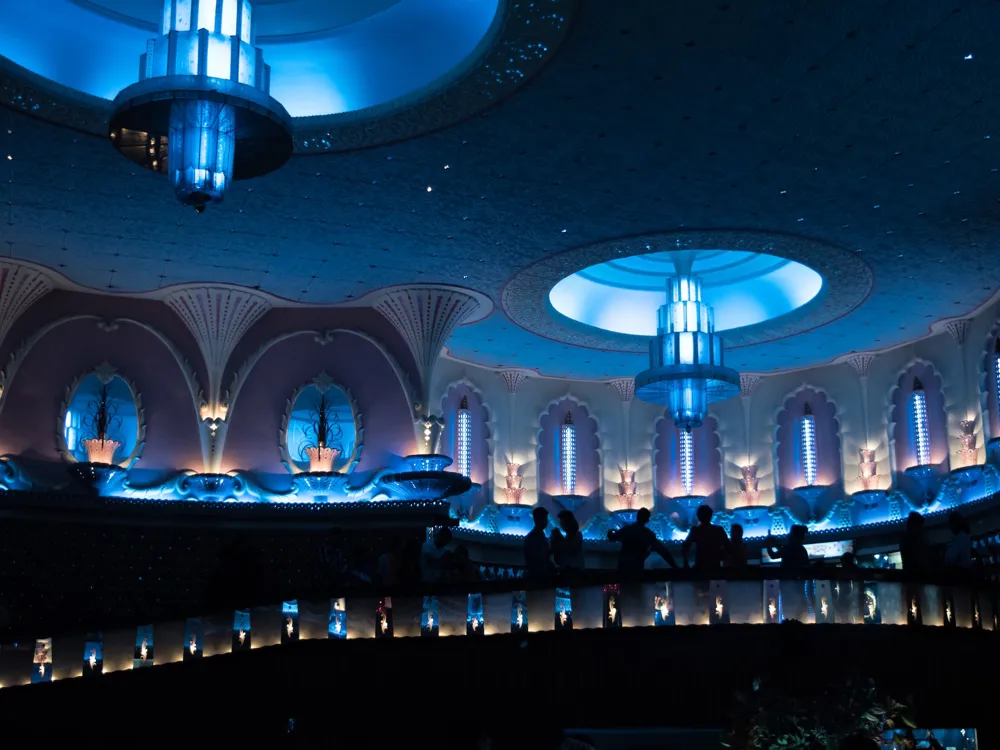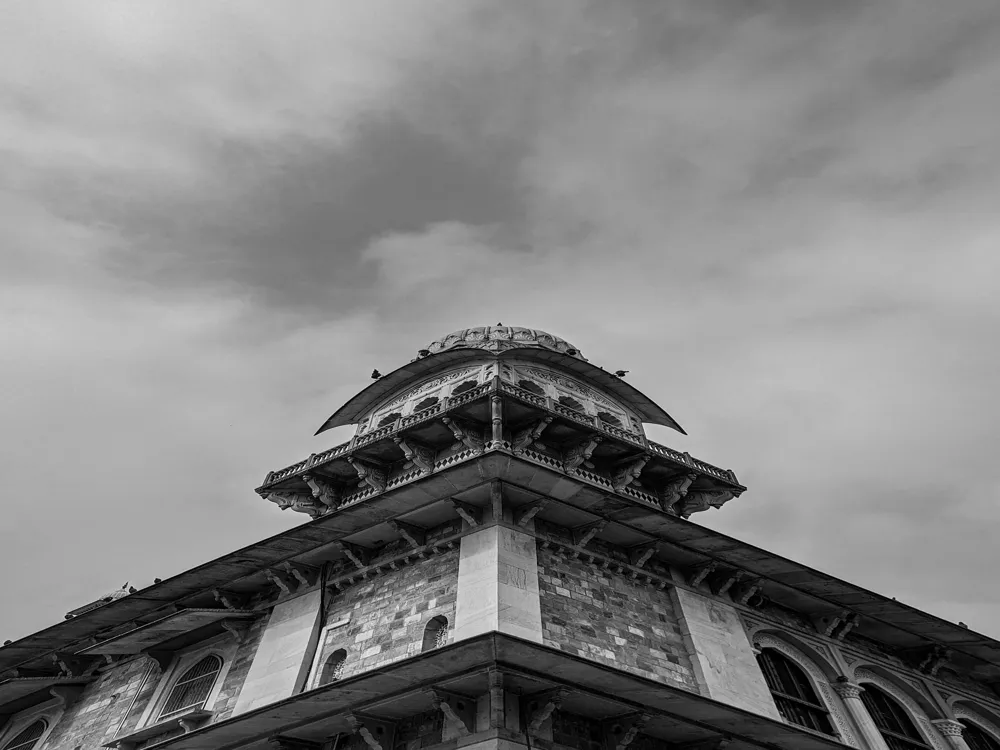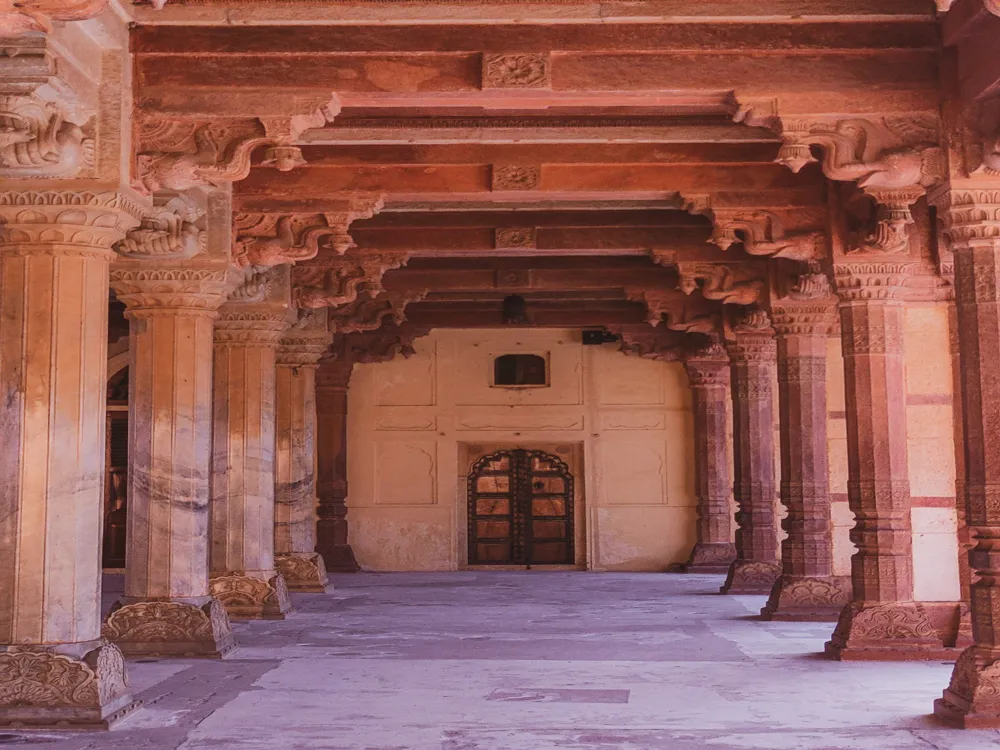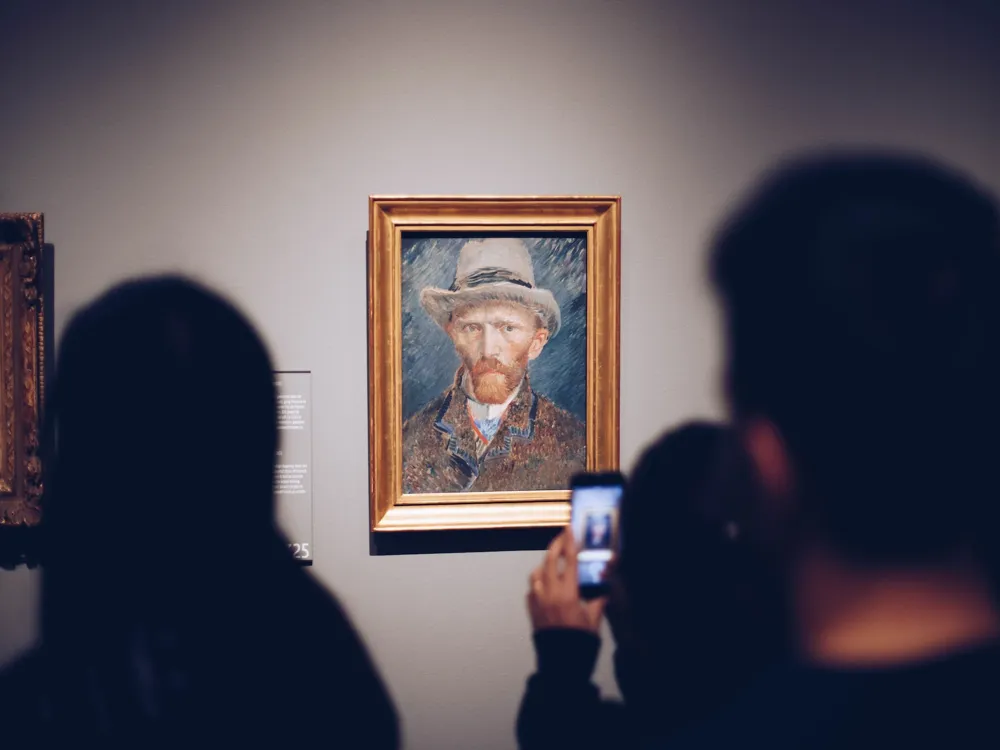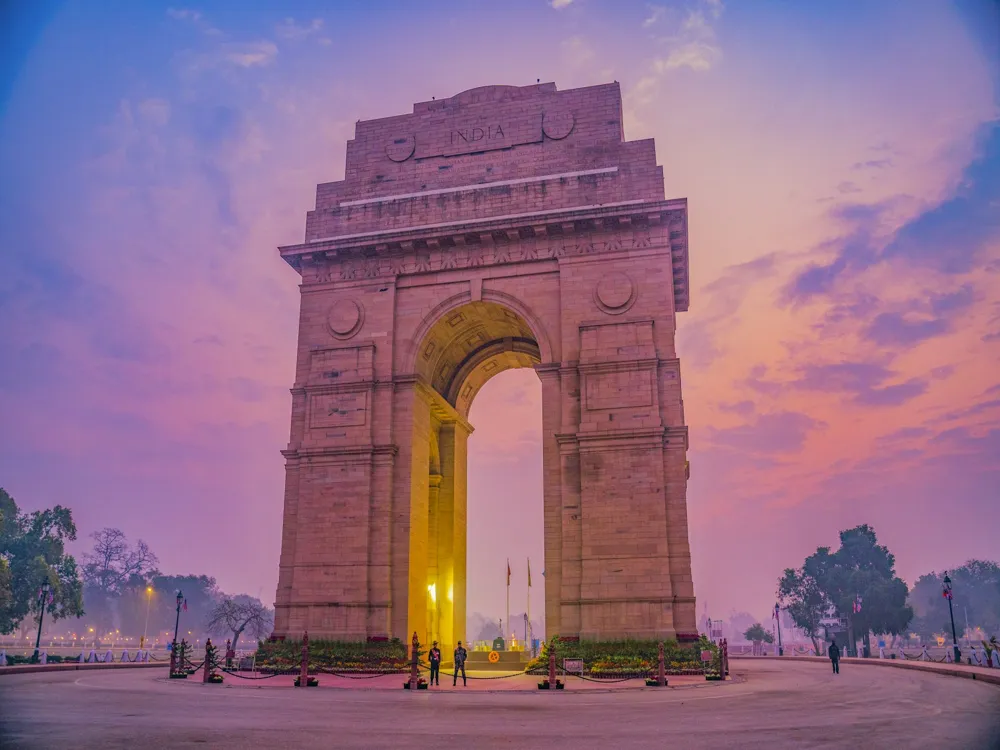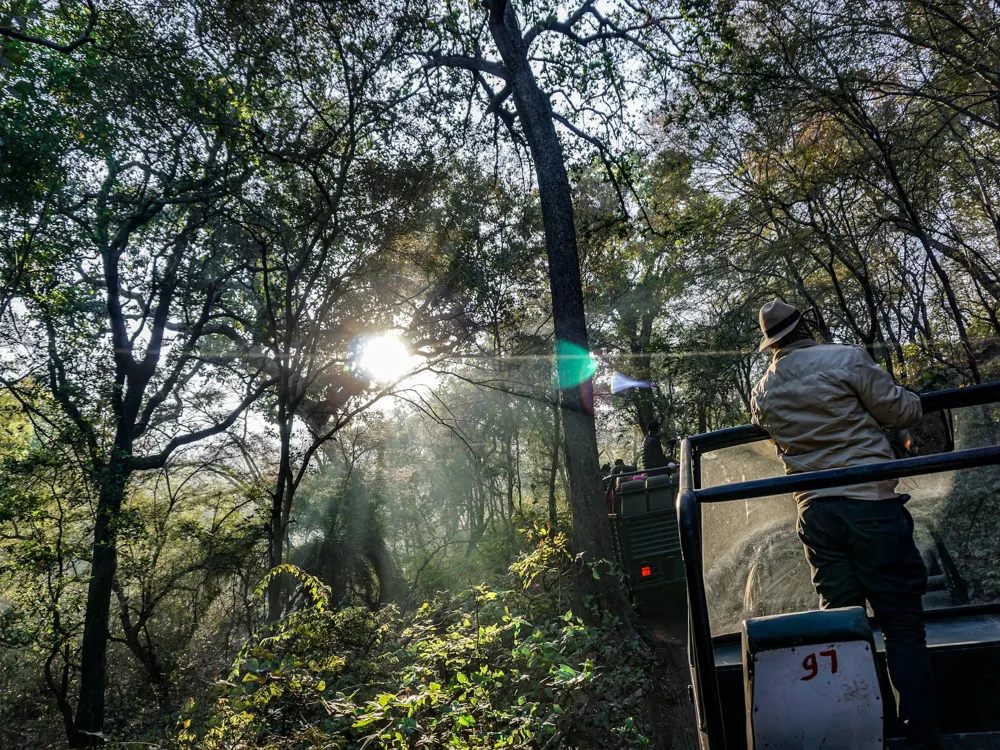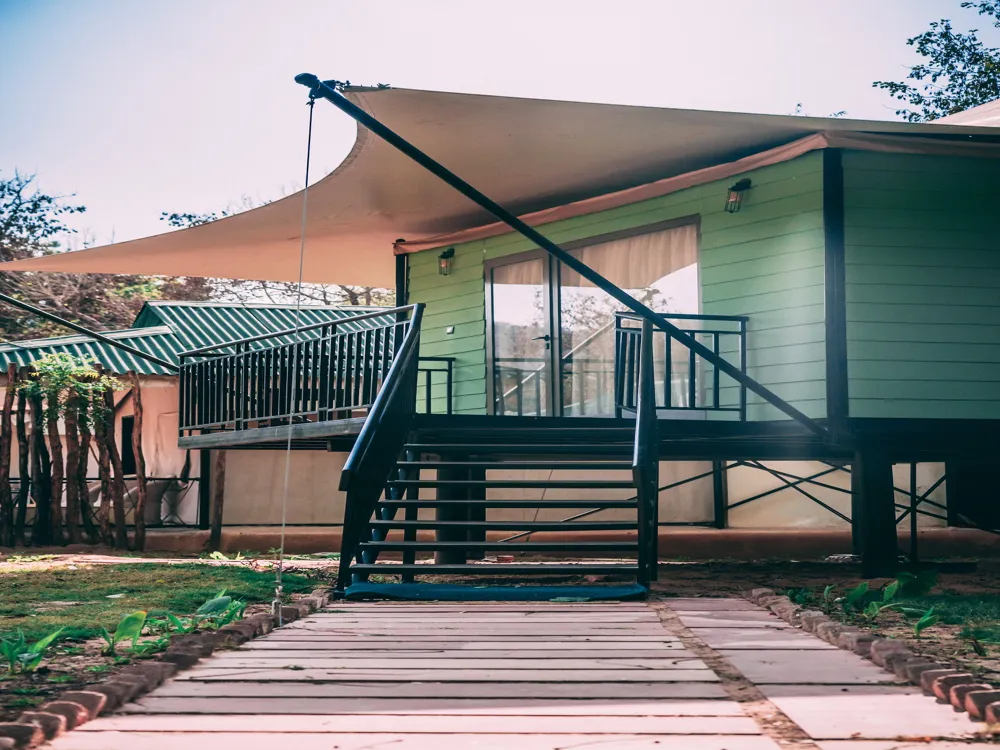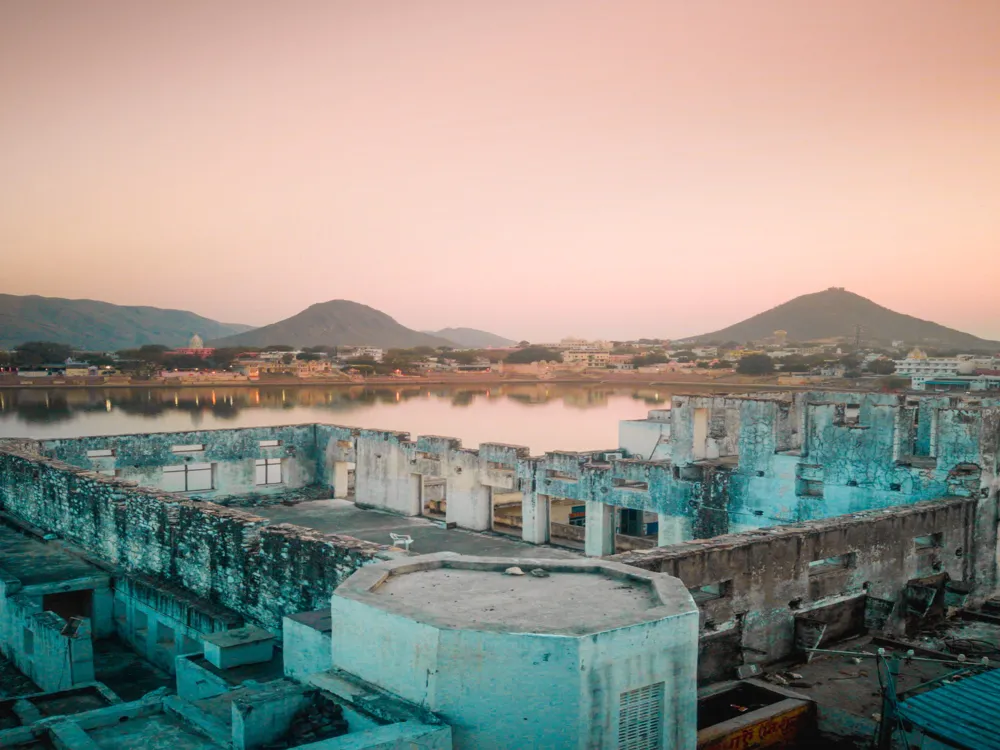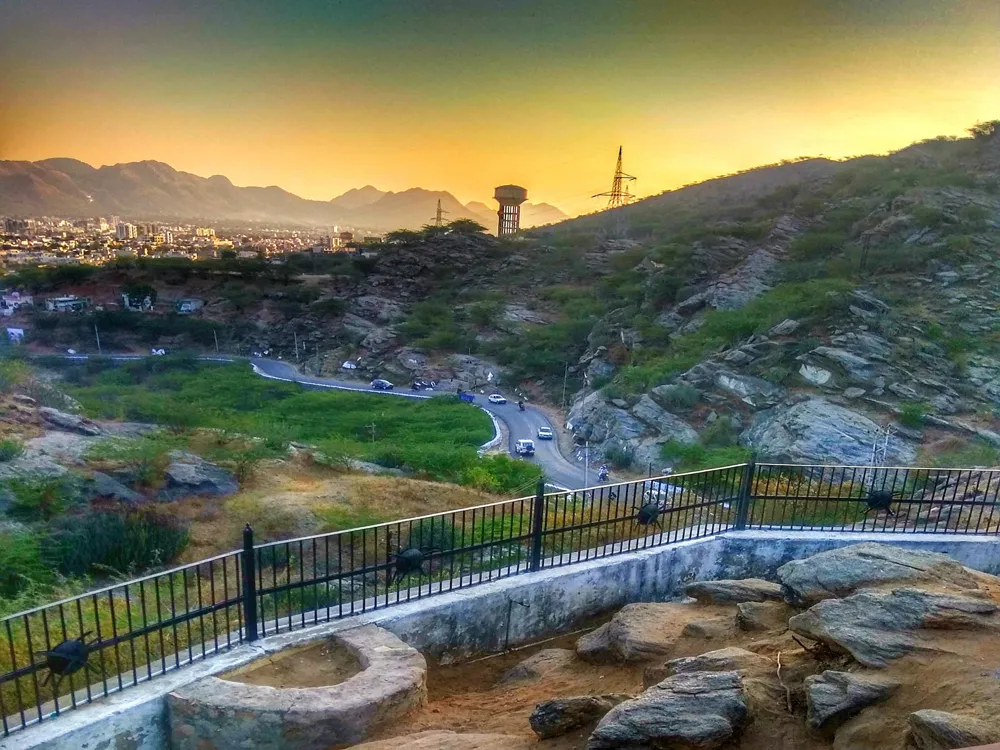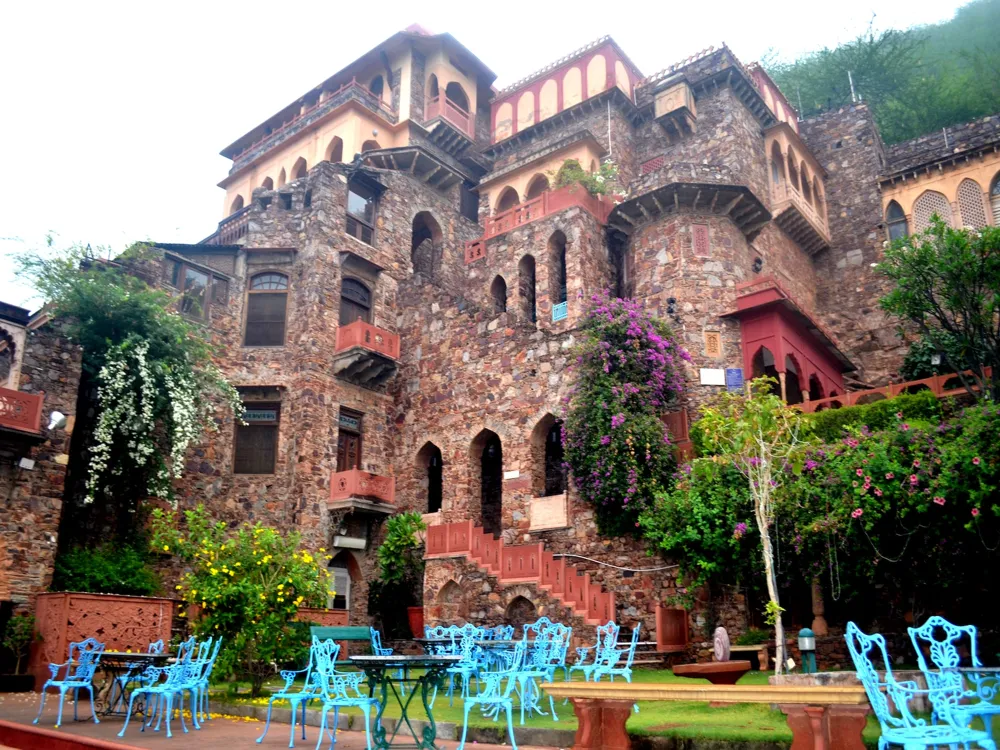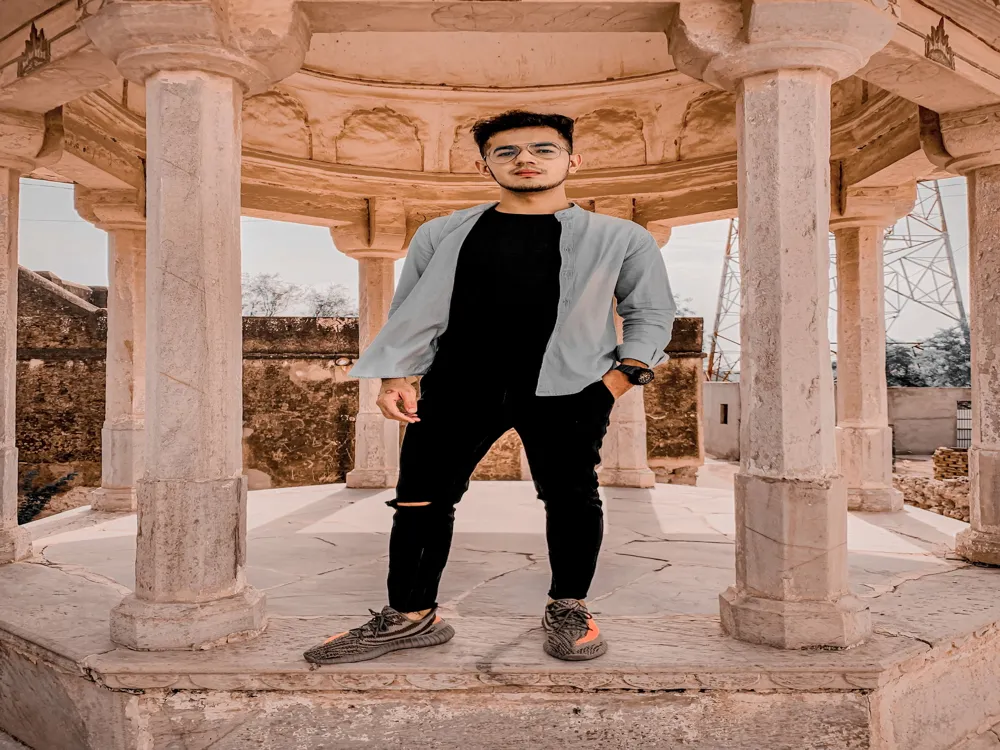Jantar Mantar in Jaipur, Rajasthan, is a collection of nineteen architectural astronomical instruments. Built by the Rajput king Sawai Jai Singh II in 1734, it features the world's largest stone sundial. The observatory is a UNESCO World Heritage site and showcases instruments that were used to observe astronomical positions with the naked eye. The architecture of Jantar Mantar Jaipur is a unique blend of science, art, and religion. The instruments are constructed out of stone and marble, and each has a specific astronomical function. They include the Samrat Yantra, the largest sundial, and the Jai Prakash Yantra, a hemispherical sundial that can track the position of stars and planets. 1. Best Time to Visit: The best time to visit Jantar Mantar is during the cooler months from October to March. 2. Guides Available: Consider hiring a guide to understand the historical and astronomical significance of the instruments. 3. Photography: Photography is allowed, so bring your camera to capture the unique architecture. 4. Dress Appropriately: Dress conservatively and comfortably, keeping in mind the local culture and the weather. 5. Time Required: Allocate at least 1-2 hours to fully explore and appreciate the site. Jantar Mantar is located in the heart of Jaipur, close to the City Palace. It is easily accessible by local transport. Tourists can take a taxi, auto-rickshaw, or local bus to reach the site. For those staying in central Jaipur, it's a short walk to the observatory. Read More:Overview of Jantar Mantar Jaipur
Architecture of Jantar Mantar Jaipur
Tips When Visiting Jantar Mantar Jaipur
Click for Tips
How To Reach Jantar Mantar Jaipur
Jantar Mantar Jaipur
Jaipur
Rajasthan
₹ 7,500 onwards
View jaipur Packages
Weather :
Label : Must Visit
Tags : Monument
Timings : 9:00 AM - 4:30 PM
Time Required : 1-2 hours
Entry Fee : Indians: INR 40, Students : INR 15, Foreigners: INR 200
Planning a Trip? Ask Your Question
Jaipur Travel Packages
View All Packages For Jaipur
Top Hotel Collections for Jaipur

Private Pool

Luxury Hotels

5-Star Hotels

Pet Friendly
Top Hotels Near Jaipur
Other Top Ranking Places In Jaipur
View All Places To Visit In jaipur
View jaipur Packages
Weather :
Label : Must Visit
Tags : Monument
Timings : 9:00 AM - 4:30 PM
Time Required : 1-2 hours
Entry Fee : Indians: INR 40, Students : INR 15, Foreigners: INR 200
Planning a Trip? Ask Your Question
Jaipur Travel Packages
View All Packages For Jaipur
Top Hotel Collections for Jaipur

Private Pool

Luxury Hotels

5-Star Hotels

Pet Friendly






